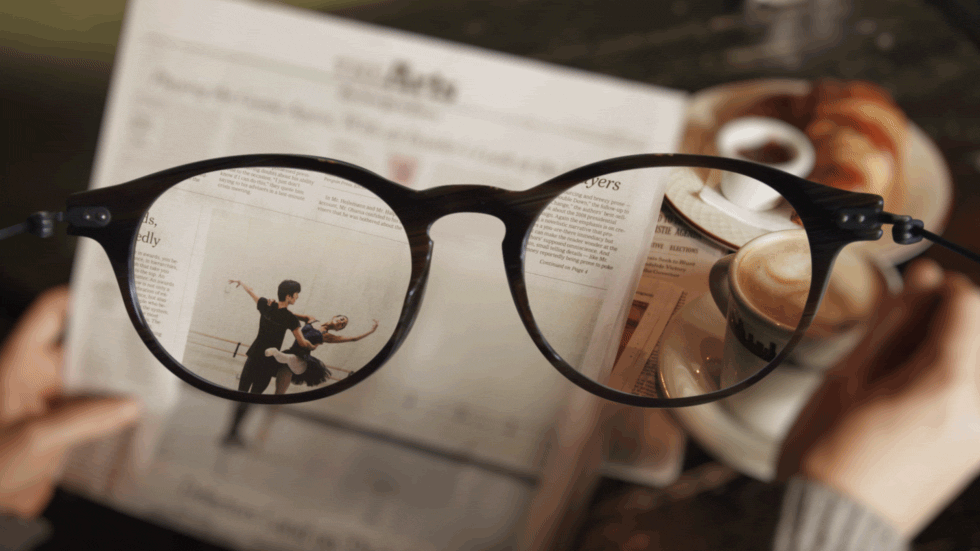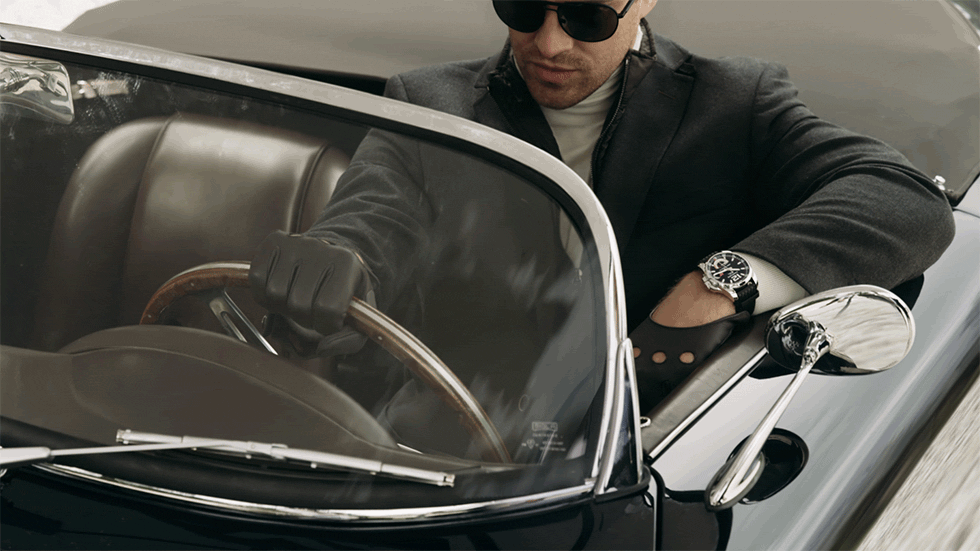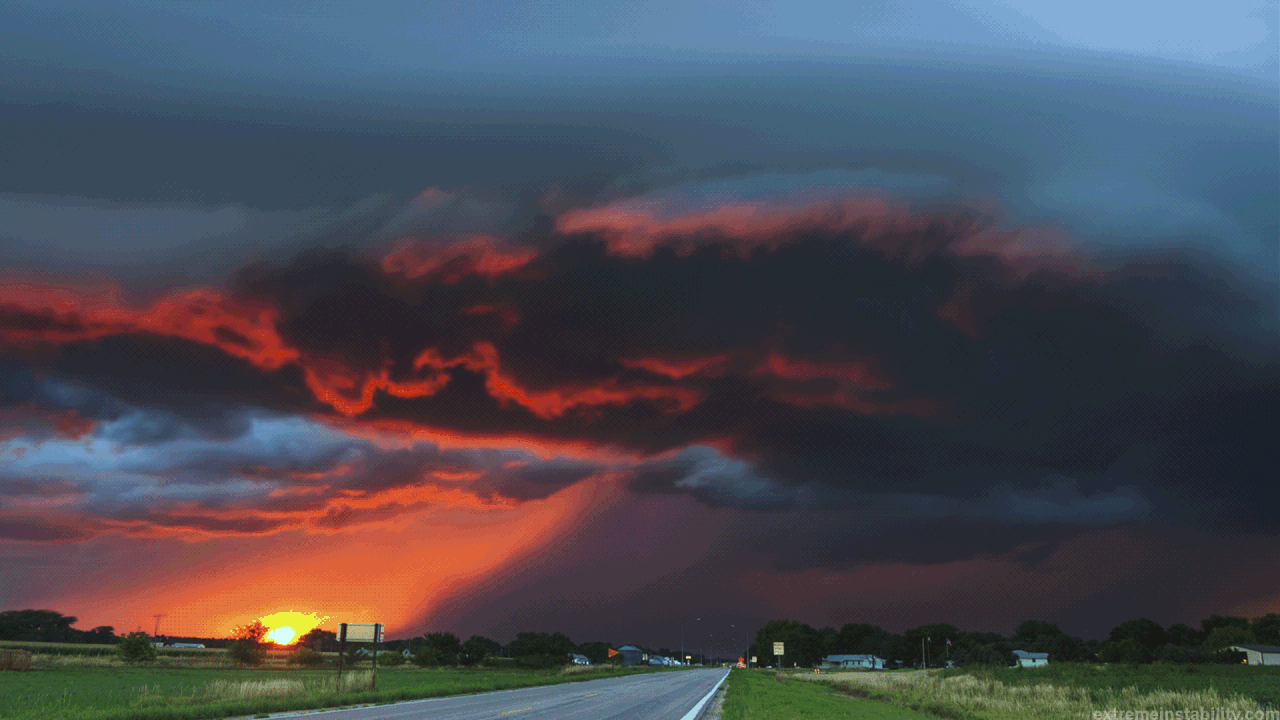In case you have never heard of Cinemagraphs, just know that they are amazing
In the ever-evolving landscape of digital art and photography, a mesmerizing form has emerged, blurring the lines between the still and the moving, the real and the surreal.
This art form is the cinemagraph. At first glance, a cinemagraph appears to be a simple photograph, but as you gaze longer, you notice a subtle, repeated motion: steam gently rising from a cup of coffee, a lone tree swaying in an otherwise still landscape, or the flickering of a candle flame.
These magical moments capture our imagination, offering a glimpse into a world where time loops gracefully, and the mundane becomes extraordinary.

A Portal to Enchantment
Cinemagraphs occupy a unique niche in the visual world.
They are not quite photographs, nor are they videos. Created by combining the timeless quality of a single image with the dynamic aspect of motion, cinemagraphs bring scenes to life in a way that neither medium can achieve alone.
The effect is both mesmerizing and haunting, a window to moments frozen in time, yet alive with movement.
The term “cinemagraph” was coined by photographers Kevin Burg and Jamie Beck in 2011, who used the technique to bring fashion and news photographs to life.
Since then, the technique has captivated artists, marketers, and storytellers, who use it to add a layer of depth and intrigue to their visual narratives.

Crafting the Magic
The creation of a cinemagraph begins with a video clip.
Artists look for or create scenes where a combination of motion and stillness can be seamlessly blended.
The process involves isolating a small movement within the clip and setting the rest of the scene to remain static. This isolation is achieved through meticulous frame-by-frame editing, where the moving elements are carefully selected and the rest of the scene is frozen.
This delicate balance between motion and stillness is what sets cinemagraphs apart. It requires not only technical skill but also a creative vision to foresee how a moment of movement can transform the perception of a photograph.
The final product is a looped video or GIF that plays continuously without any visible beginning or end, creating an endless, hypnotic effect.

The Allure of Subtlety
What makes cinemagraphs so captivating is their subtlety. Unlike the overt action of a video, the motion in a cinemagraph is often minimal.
This restraint invites viewers to engage more deeply with the image, discovering and contemplating the motion that might otherwise go unnoticed. It’s this invitation to pause and reflect that imbues cinemagraphs with their unique charm and magic.
In the realm of advertising and social media, where the battle for viewers’ attention is fierce, cinemagraphs offer a refreshing contrast.
Their understated movement has the power to stop scroll-happy viewers in their tracks, drawn in by the curious blend of stillness and motion. This has made cinemagraphs a popular choice for brands looking to stand out and convey their message with elegance and sophistication.

Beyond Aesthetics: The Emotional Impact
Cinemagraphs do more than just catch the eye; they evoke emotion. The perpetual motion in an otherwise static scene can evoke feelings of calm, melancholy, anticipation, or nostalgia.
A cinemagraph of raindrops falling on a window, with the rest of the scene still, can evoke a sense of introspection and peace. Similarly, a cinemagraph showing a bustling cityscape with a single, unmoving figure can convey feelings of loneliness or contemplation amidst chaos.
This emotional depth makes cinemagraphs a powerful storytelling tool.
They can set the mood for a narrative, complement a story or an article, or stand alone as a piece of visual poetry. In a world saturated with images, the ability of cinemagraphs to make us feel, to make us stop and ponder, is truly remarkable.

A Glimpse into the Future
As technology advances and the tools for creating cinemagraphs become more accessible, we are likely to see this art form evolve in exciting ways.
Artists and creators are only beginning to explore the potential of cinemagraphs to transform our visual landscape. Whether used in art, advertising, or storytelling, they offer a unique way to see and experience the world around us.
The magic world of cinemagraphs reminds us that beauty often lies in the details, in the subtle moments of life that we might overlook.
In this digital age of fast consumption and constant movement, cinemagraphs invite us to slow down, to appreciate the gentle dance of stillness and motion. And perhaps, in doing so, we find a moment of tranquility, a brief escape from the hustle and bustle of everyday life, in the loop of an endless, mesmerizing motion.

